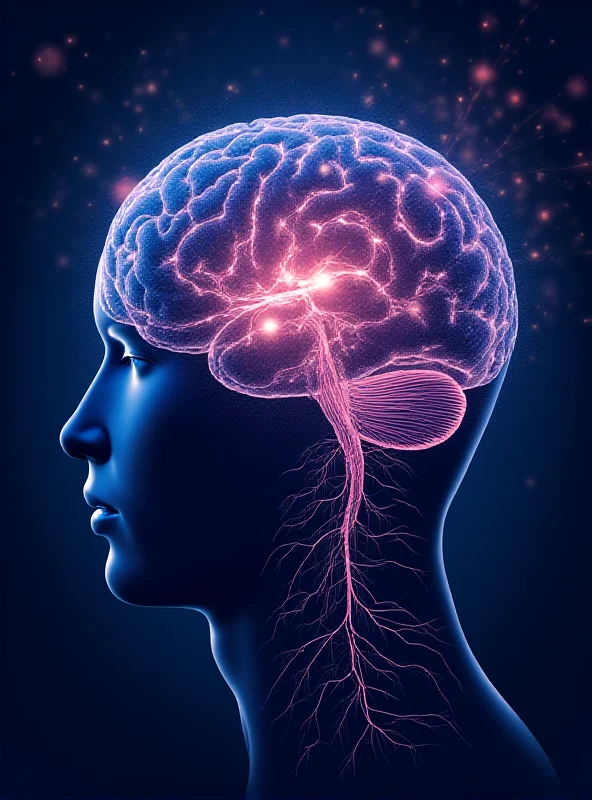March promises to be an exciting month for skywatchers and science enthusiasts alike. Two major celestial events, a partial lunar eclipse and a solar eclipse, will grace the skies. Simultaneously, we welcome the astronomical spring, a time when the days begin their gradual lengthening journey towards summer.
Eclipses Take Center Stage
March's "shadow plays," as they're sometimes called, offer a captivating spectacle. While details on the visibility of these eclipses will vary depending on your location, it's worth checking with local astronomy clubs or online resources to find out if you'll be able to witness these events. A partial lunar eclipse occurs when the Earth passes between the Sun and the Moon, casting a shadow on a portion of the lunar surface. Solar eclipses happen when the Moon passes between the Sun and Earth, blocking the sun's light.

Don't forget to use proper eye protection when viewing a solar eclipse! Looking directly at the sun, even during an eclipse, can cause serious eye damage.
Spring is in the Air (and the Sky)
Alongside the eclipses, March marks the arrival of the astronomical spring. This means the days are getting longer, albeit initially imperceptibly. The spring equinox, the point at which day and night are roughly equal in length, signals the official start of spring in the Northern Hemisphere. Get ready for warmer weather and more daylight!
Neuroscience and Education: A Missed Connection?
Beyond the celestial events, it's worth considering how science impacts our everyday lives. For decades, the field of neuroscience has been touted as a potential game-changer for education. The idea is that understanding how the brain learns could revolutionize teaching methods and improve student outcomes. 
However, there's a significant disconnect between the research and the reality in classrooms. "For decades, neuroscience has been expected to improve education," notes one study. "Yet in practice, these research insights do not reach the classroom." Why is this the case? Perhaps the findings are too complex to translate into practical teaching strategies, or maybe there's a lack of communication between neuroscientists and educators.

Bridging this gap requires a collaborative effort. Educators need to be involved in the research process, and neuroscientists need to communicate their findings in a clear and accessible way. The potential benefits of integrating neuroscience into education are enormous, but it requires a concerted effort to make it a reality.
So, as you gaze up at the night sky this March, remember that science is not just about distant stars and eclipses; it's also about understanding ourselves and how we learn.
